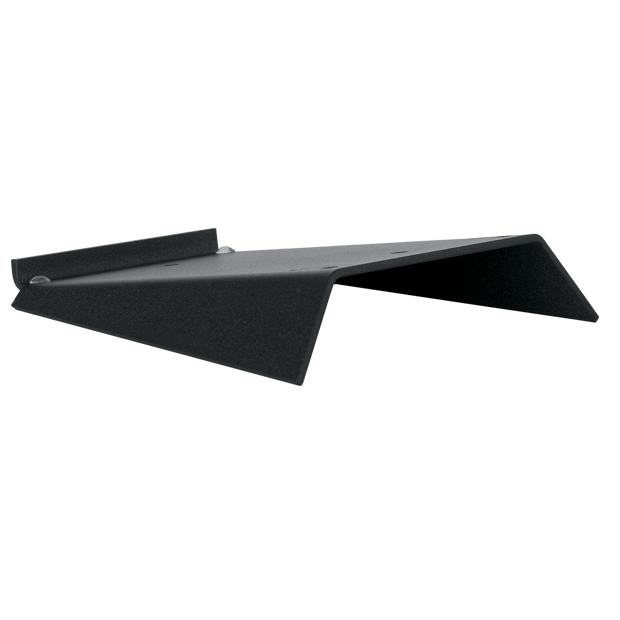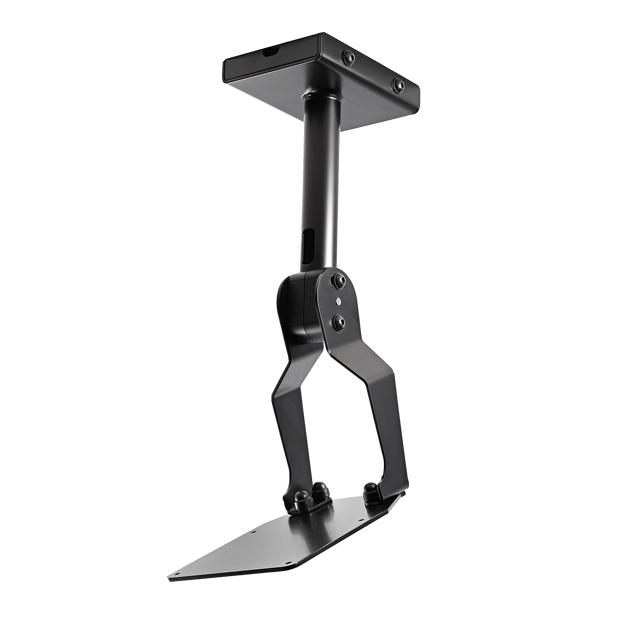- Home
- >
- Professional Audio
- >
- Brackets
- >
- Core Mounting Bracket (Type 1)
- Home
- >
- Professional Audio
- >
- Brackets
- >
- Core Mounting Bracket (Type 1)
Core Mounting Bracket (Type 1)
Core Mounting Bracket
The Dynaudio Core mounting brackets – designed and manufactured specifically for us by our friends at König & Meyer in Germany – give you the flexibility and stability to place your Core monitors wherever you need them.
The Core Mounting Bracket (Type 1) is specifically designed for Core 7, Core 47 and Core 59. They’re fully adjustable (so will suit most studio settings), they can be combined with other K&M brackets (for a massive variety of set-up opportunities), and they’re constructed from powder coated steel/aluminium (so they’ll last a lifetime).



Core Mounting Bracket (Type 1)
Specifications
- Status Current
- Segment Pro
- Series Accessories
- Type Bracket
- Weight kg 2.5
- Weight lbs 5.5
- Width mm 233
- Depth mm 322
- Width inches 9 1/8
- Depth inches 12 5/8
- Base Plate Width mm 250
- Base Plate Depth mm 232
- Base Plate Width inches 9 7/8
- Base Plate Depth inches 9 1/8
- Capacity kg 25
- Capacity lbs 55 1/8
- Tilt Angle See user manual
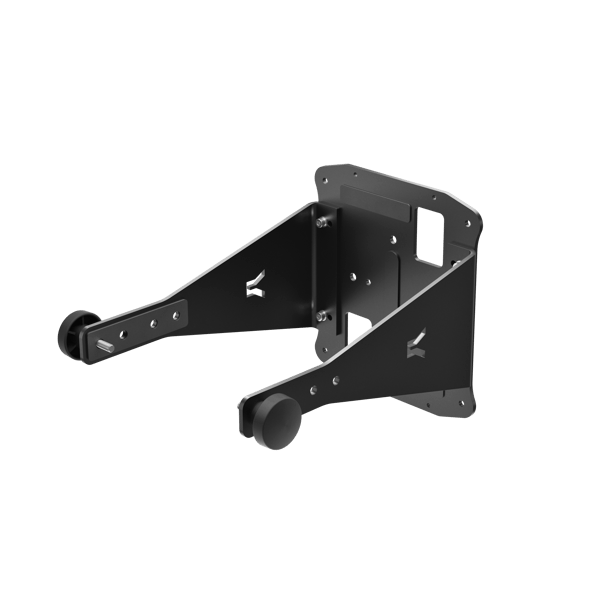
Brackets series
- Status:
- Segment:
- Series:
- Type:
- Weight kg:
- Weight lbs:
- Width mm:
- Height mm:
- Depth mm:
- Width inches:
- Height inches:
- Depth inches:
- Top Plate Width mm:
- Top Plate Depth mm:
- Top Plate Width inches:
- Top Plate Depth inches:
- Base Plate Width mm:
- Base Plate Depth mm:
- Base Plate Width inches:
- Base Plate Depth inches:
- Capacity kg:
- Capacity lbs:
- Tilt Angle:

Dynaudio teams-up with OPPO for Enco X3s earbuds
We're thrilled to announce the release of OPPO's Enco X3s true wireless noise cancelling earbuds, with Dynaudio sound tuning.
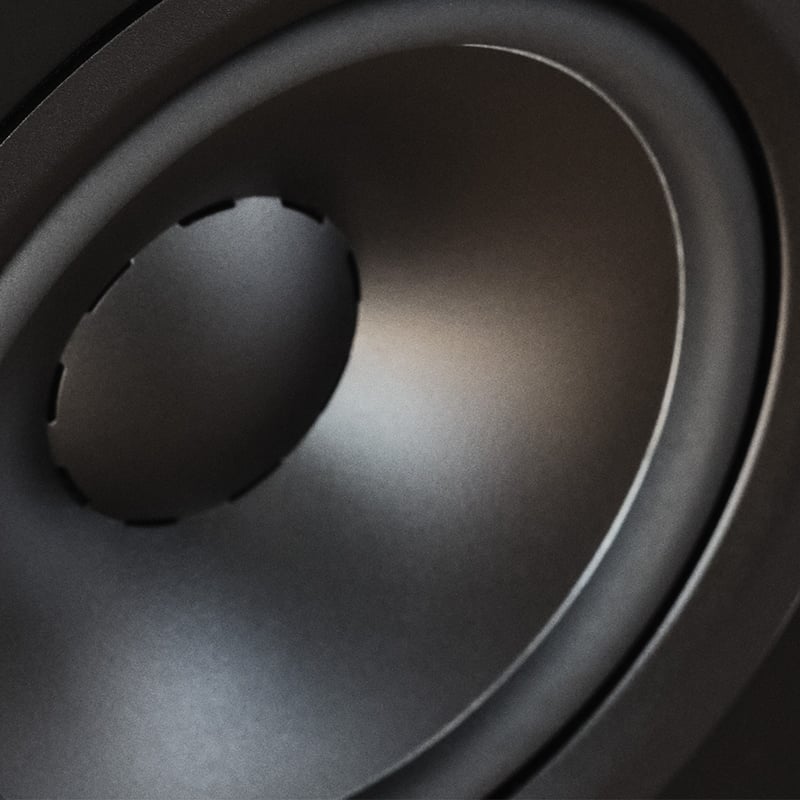
Why are there holes in our speaker drivers?
On this episode of Ask The Expert, Otto explains why our speaker cones have small, rectangular slots around the central dome. Far from being a random ...
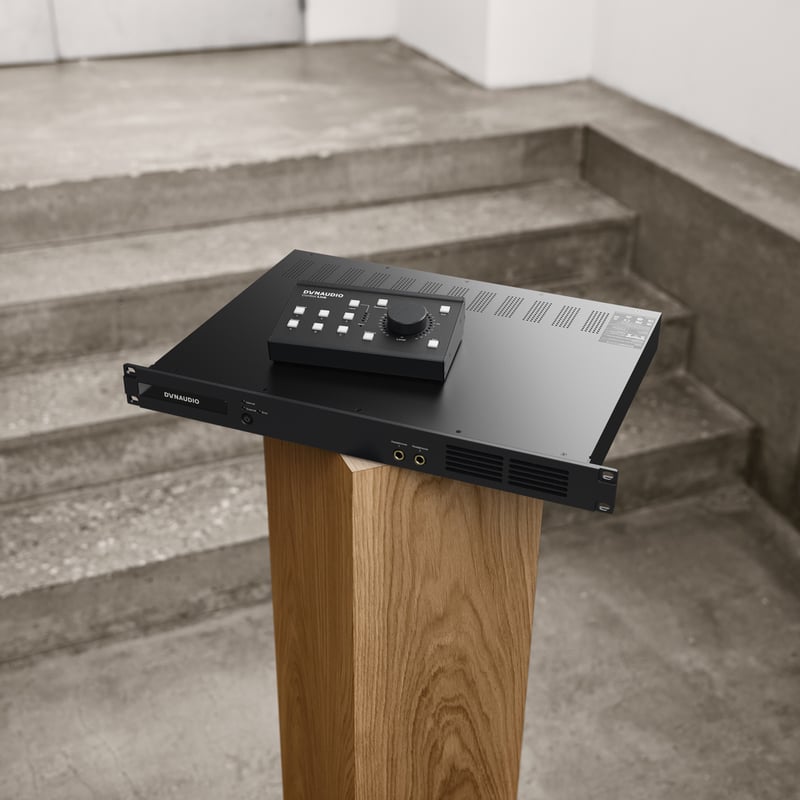
Dynaudio Control series
We are pleased to introduce the Dynaudio Control series: a suite of next-generation audio tools engineered to serve as the central monitor controller ...






